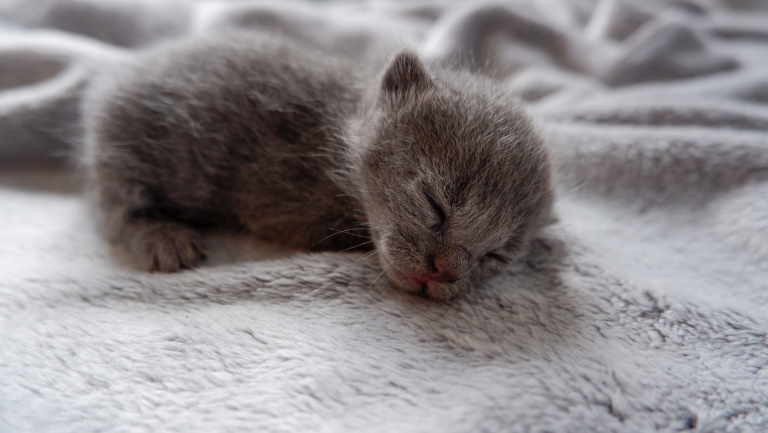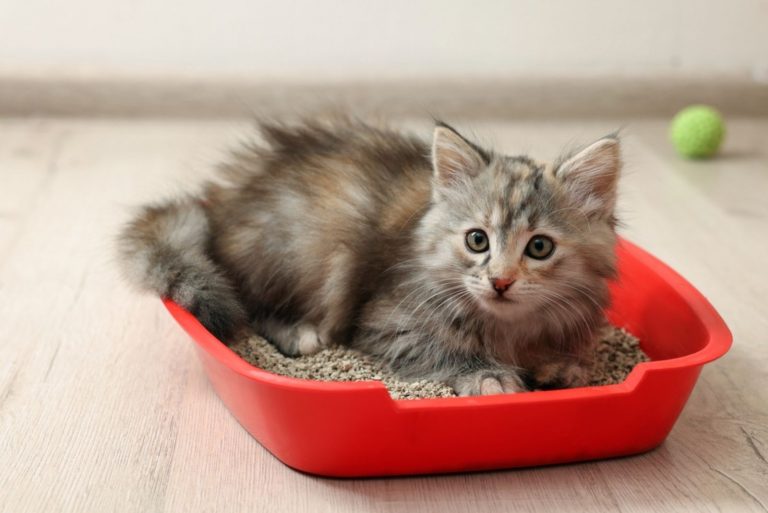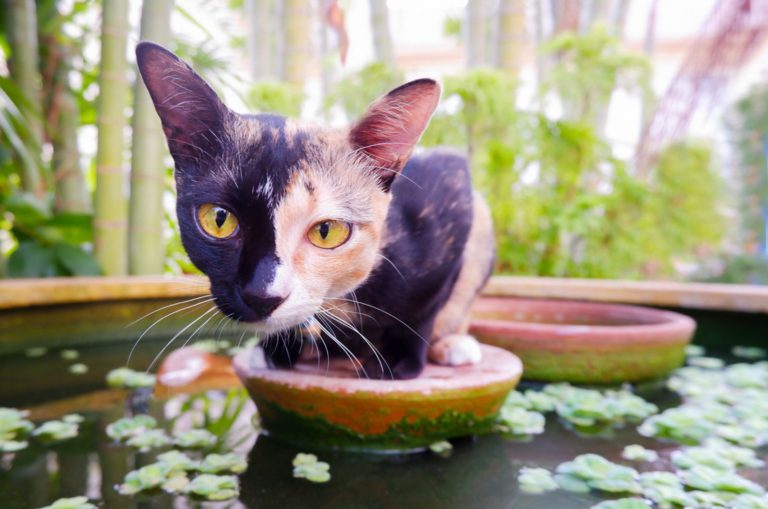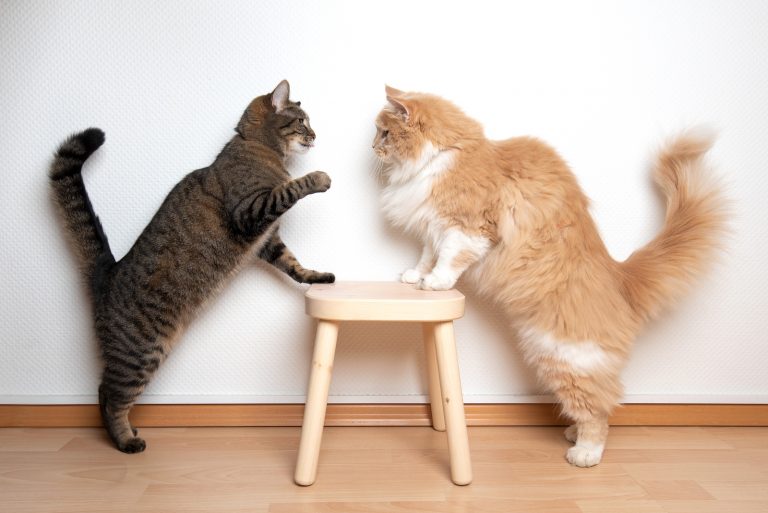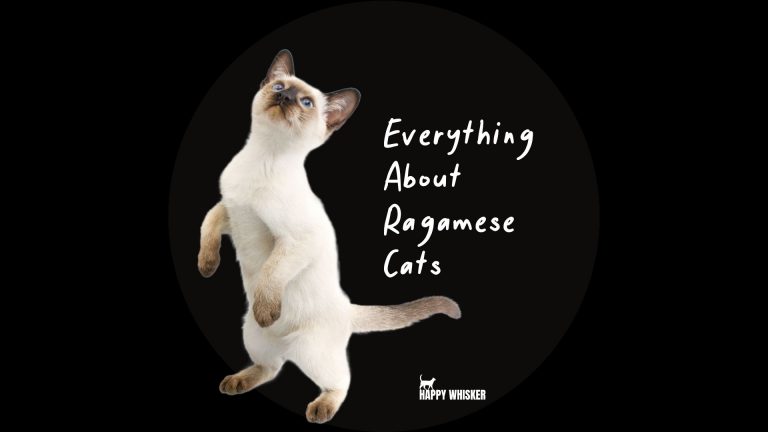Meet Hecker Cat From Beluga Cinematic Universe
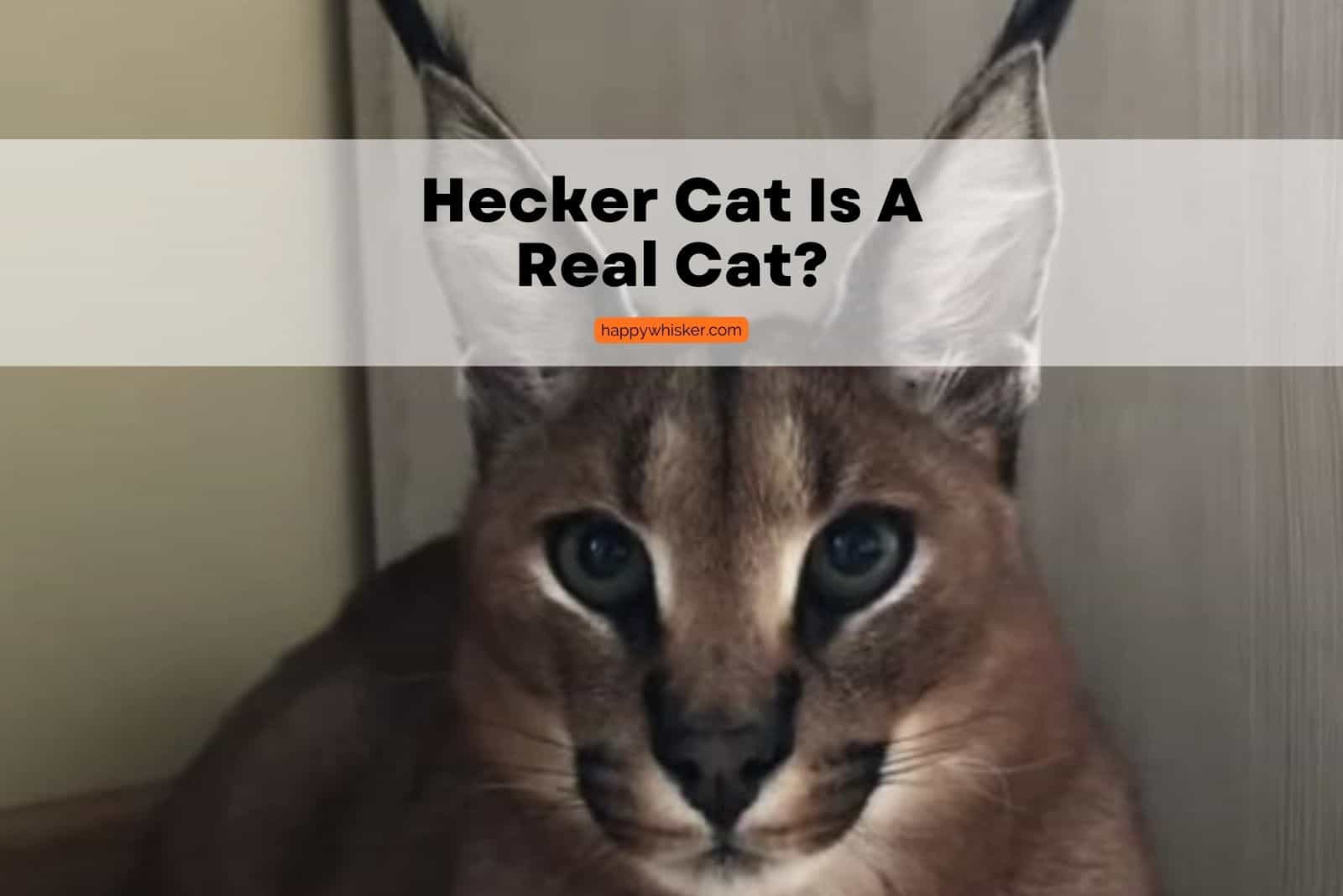
The Beluga cinematic universe gives off Minecraft vibes when you first see it. Many cat lovers, who are also fans of the Beluga Cinematic Universe, wonder which cat breed the Hecker cat is.
Hecker is a caracal; an exotic wild cat breed that many people were unfamiliar with before they saw the memes and videos of Hecker vs. Beluga.
The caracal cat is astonishing, and to see how the character of Hecker cat was inspired by both the caracal cat and by yet another meme, continue reading.
The Character Of Hecker Cat Summed Up
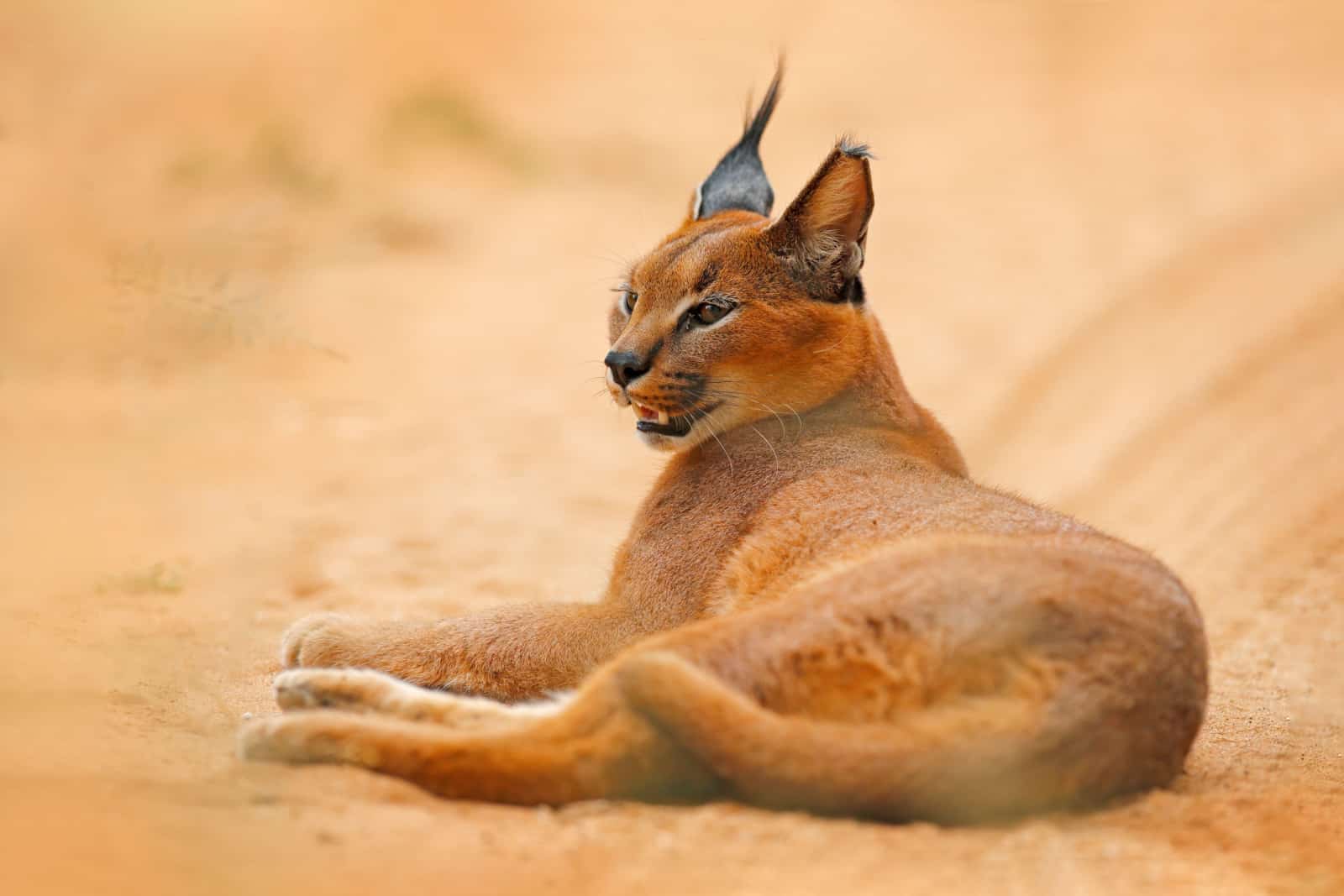
In the Beluga Cinematic Universe, Hecker is one of Beluga’s best friends. He always attempts to make fun of other characters, especially Beluga. Hecker used to call Beluga “son,” which irritated Beluga, but he ultimately stopped using this moniker.
Beluga has a strong faith in Hecker and frequently falls into numerous traps devised by Hecker. Hecker can also be vindictive, as seen when everyone forgot his “birthday.”
Hence, he heckled his way into becoming a mod and ended up temporarily banning Pablo and Beluga from the server. Hecker is bipolar in other ways.
But Wait, Are They Friends Or Not?
In some clips, he is kind, pleasant, and helpful to Beluga; in others, he is quickly agitated and behaves similarly to the moderators towards Beluga. Hecker was initially developed to destroy Beluga, and he constantly tried to do so.
Eventually, he paired up with Beluga to defeat Pablo, a more dangerous hacker, and they’ve remained friends ever since, though Hecker occasionally turns evil again.
Beluga Cinematic Universe
Beluga is the name of a popular YouTube channel as well as the primary character in all of the videos.
The channel was founded in 2017, but the administrator began uploading more often in 2021. In a relatively short time, the channel had 1 million subscribers.
It is now regarded as one of the fastest-growing YouTube channels in the history of YouTube. Read more about Beluga and which cat breed it can be in Beluga Cat Breed: A Mystery, Solved!
Memes, Memes, Memes
Hecker is inspired by the cat meme “Big Floppa” which refers to satirical memes of Caracal cats. Lester, the creator of Hecker, developed the Hecker cat in a lab as a tool against the Beluga cat.
Hecker used to want to kill Beluga because it is what he was made for, but after meeting Pablo, a more powerful hacker, Hecker and Beluga joined forces and have been pals ever since.
Check out this funny video on TikTok to see what all the fuss is about if you’re not already familiar with the battle of Beluga and Hecker. Many fans went crazy for the Hecker cat’s face reveal!
What Kind Of Cat Breed Is Hecker Cat?
On Discord, Hecker is a well-known figure in the Beluga Cinematic Universe. Hecker’s meme features a cat with long, pointed ears, and fans have speculated over which breed inspired it.
This cat frequently interacts with another cat I already mentioned, the Beluga. Although many people are unfamiliar with this exotic wild cat, Hecker is a caracal cat!
This cat’s known name is Caracal, and its scientific name is Felis caracal. This feline belongs to the Felidae family and the Mammals class. The English term caracal comes from the Turkish word karakulak. Karakulak is an abbreviation for “black ear”.
Info About Caracal Cats, Aka The Hecker Cat
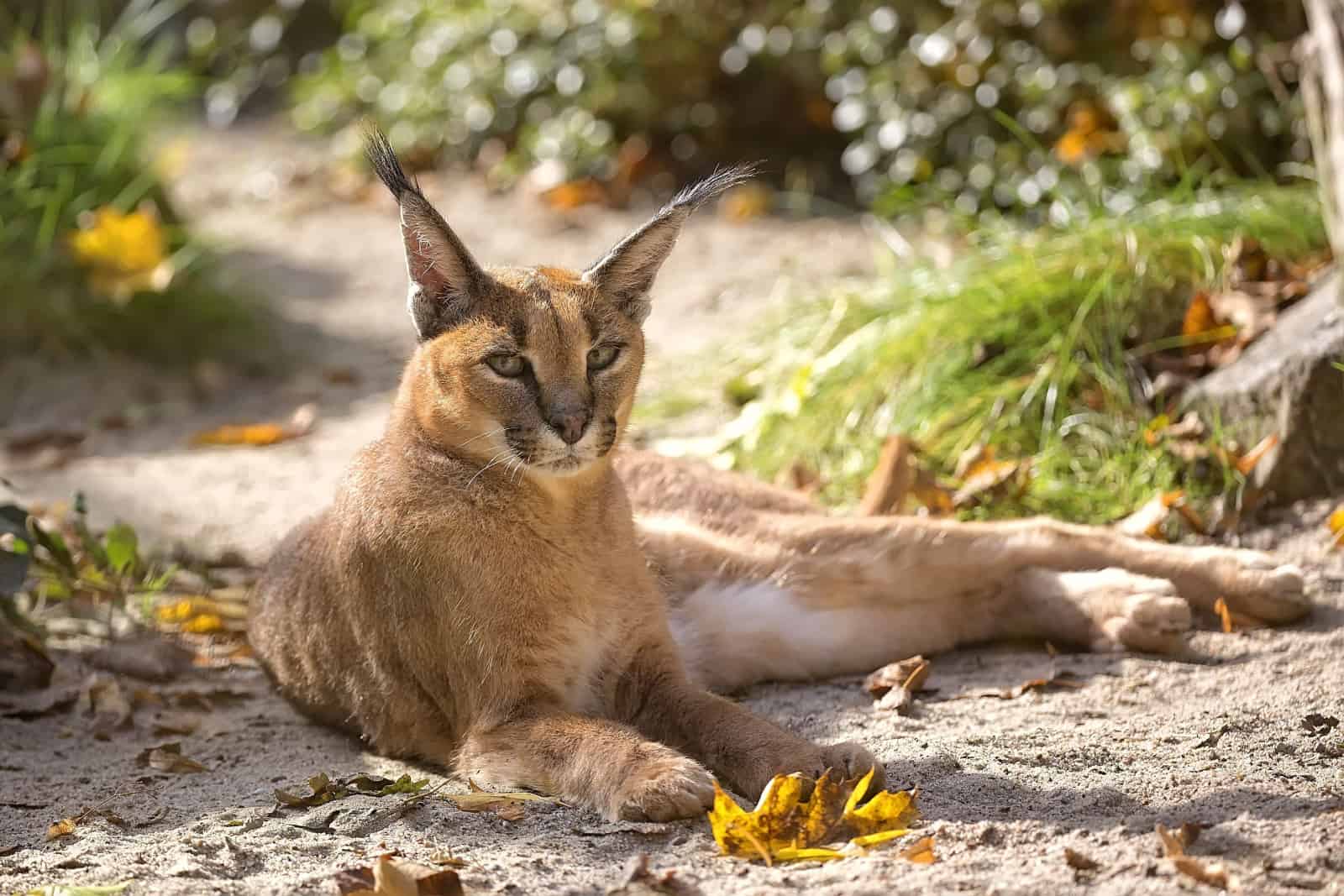
Appearance And Size
The Caracal, sometimes regarded as the desert lynx, lacks the physical characteristics of the lynx family, such as the typical ruff of hair around the head. It has a short, thick coat that is normally a solid, tawny-brown to brick-red color.
However, black-colored caracals have also been reported to exist. The backs of the ears are black, as the name suggests, and are crowned by 1.75-inch-long black tufts.
This tuft is a feature that Caracals share with lynx cats. It is the biggest and most dangerous of Africa’s small cats. Males may weigh up to 40 pounds, and females up to 35 pounds.
Caracal Habitat
The majority of caracals reside in Sub-Saharan Africa and portions of the Middle East. They live in arid habitats such as savannas, woods, and even mountain ranges. On a savanna, there isn’t much water to be found.
Caracals, on the other hand, do not require much water to stay alive. These wild cats have adapted to a scarcity of water by obtaining fluid from their prey.
Caracals have also adapted to their hot climate by napping during the day to preserve energy and exploring at night when it is cooler. They sleep in tunnels, rock crevices, dense shrubbery, and even in trees.
These cats have thick hairs on the pads of their feet, as well as other types of fur, which allows them to walk easily on the savanna’s sandy terrain. These cats may travel up to 12 kilometers in pursuit of prey in their area.
Caracals are mostly hidden since they live alone, and they also make very little noise when they move. They integrate with their surroundings, making it easier to catch prey and notice any dangers.
Behavior
Caracals and servals are closely related. They are around the same size but live in quite distinct environments. Servals prefer damp, moist habitats for hunting, whereas caracals prefer dry woodlands and desert surroundings.
A caracal has strong, long legs. When hunting, its legs act like coiled springs as it jumps into the air to seize a flying bird.
Caracals have long, sharp claws that allow them to climb up the tallest trees. They also hunt and seize prey using their claws. Caracals mark their territory by clawing trees and leaving their scent.
Unlike lions, which live in prides, caracals spend most of their time alone. They are fierce cats who will protect their territory against other animals.
Diet And Hunting
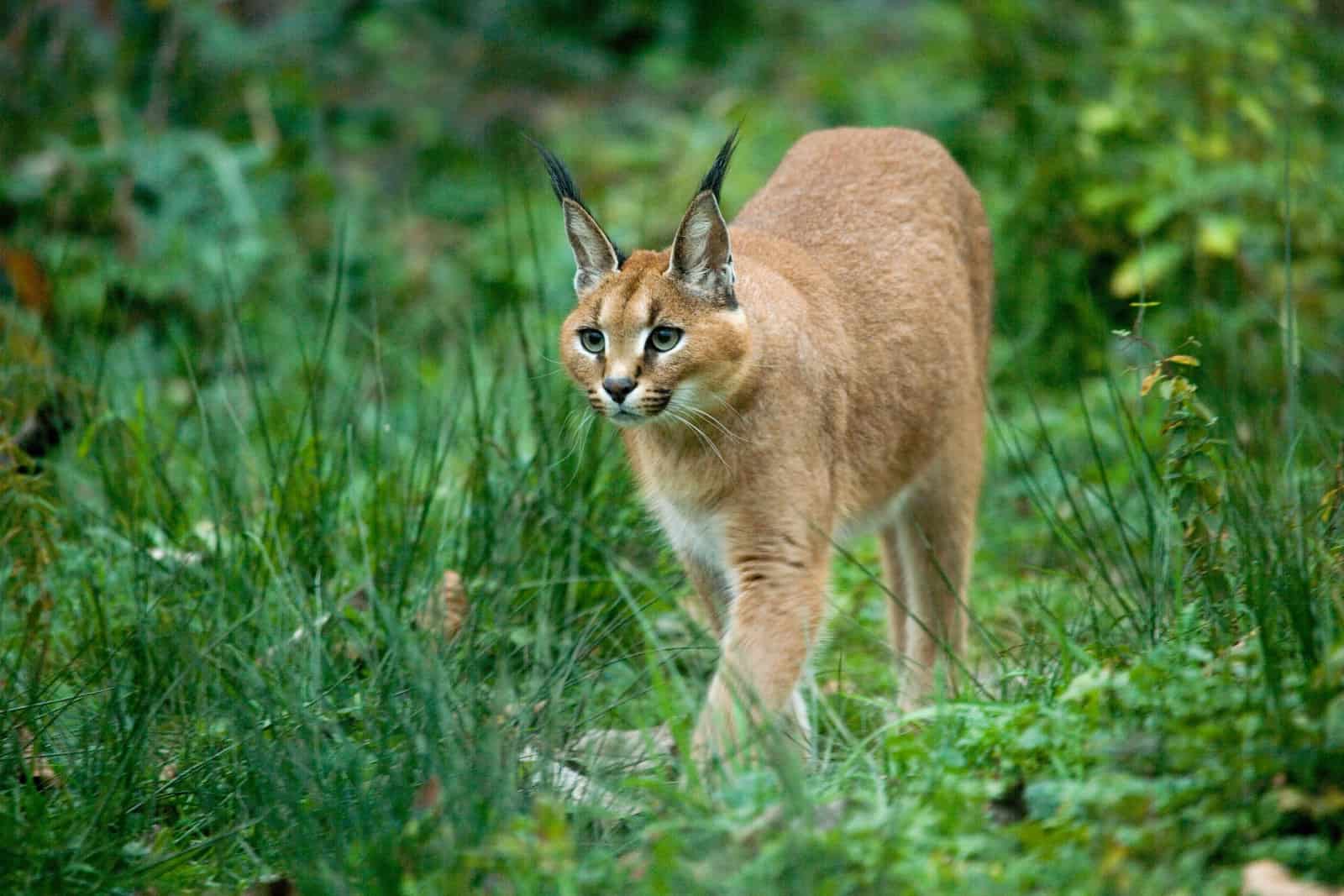
Caracals snooze during the day and seek refuge in caves or fissures to avoid the midday heat, and they hunt at nighttime and early in the morning.
They have a comparable hunting territory to cheetahs in Africa, but unlike them, the caracal’s hunting technique does not entail high-speed chases. Caracals are excellent climbers and leapers, with the ability to jump 10 feet vertically.
The caracal, like a housecat, employs a sneaky approach followed by a jumping assault. These big acrobatic cats have been known to assault up to a dozen birds by jumping into the air and striking them down with their big paws.
They are generally cunning predators that eat a diverse diet of rodents, hyraxes, mice, dik-diks, gazelles, and hares. They generally feed on smaller animals but will occasionally attack gazelles and bigger cattle.
Lone Hunters…
Caracals, like other wild cats, hunt alone and only seek others when it’s time to mate. Some caracals may conceal their prey carcasses in trees or cover them with grass after killing them so they can return later for yet another dinner.
Caracals were used in a brutal bird-killing sport played out in stadiums in Iran and India. A flock of pigeons was thrown into the ring beside the caracals, and people gambled on how many birds the cats would kill.
Caracal Predators
Caracals’ major predators are lions and hyenas. Because all three of them hunt on the savanna, they will almost certainly cross paths at a certain time. The speed of a caracal is its most significant protection against these predators.
Its coat can also help it camouflage with the colorless plants and sand in its surroundings. It will sometimes lie on the ground to escape predators.
Caracals are also threatened by humans. When caracals try to steal cattle, many farmers shoot them. Furthermore, more humans are clearing land and migrating into their habitat, displacing caracal prey.
As a result, these cats are at risk of starvation. Individuals hunting for souvenirs will also hunt them for their skins. In South Africa, the conservation status of the caracal is listed as Least Concern. This signifies that the population is not currently under threat.
Caracal Population
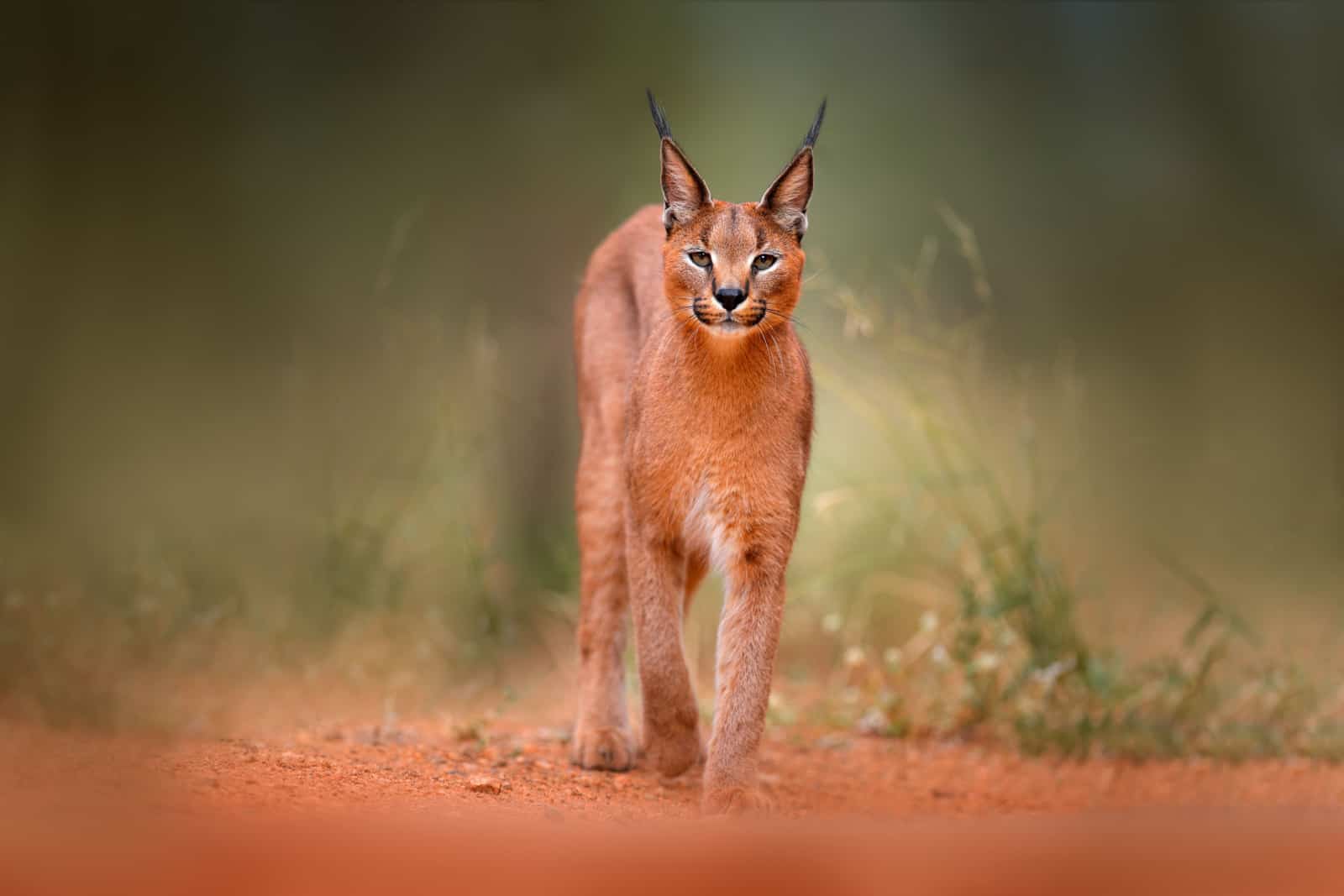
Although they pose no danger to people, their numbers will continue to decline until more countries take conservation measures to safeguard them.
The precise number of caracal population is unclear, although most people believe they are decreasing in every country. The habitat of the caracal has shrunk significantly since the mid-twentieth century; in 2020, it constituted just about 5% of the territory it inhabited in 1948.
Caracals like to avoid humans, and their elusive nature makes them difficult to identify in the wild. Caracal numbers are increasing in South Africa and Namibia, where there is a lot of prey.
The Asian caracal population is likely declining as a result of farmers killing them as they try to eat their cattle. It is claimed that most caracal cats reside in the highlands of South Africa’s Eastern Cape.
However, the caracal population in North Africa appears to be declining, probably due to hunters. Their caracal conservation status remains: Threatened.
Lifespan
In the wild, both male and female caracals have an average lifetime of 12 years. Caracals housed in zoos, on the other hand, may survive for up to 17 years.
Caracals live longer in zoos because they are not endangered by predators, have normal meals, and receive veterinary attention when necessary.
Untreated skin diseases and infections caused by accidents can cause a caracal to get seriously ill and die sooner in the wild. A caracal, like a domestic cat, can contract rabies from some other animal and die as a result.
Are Caracal Cats Good Pets?
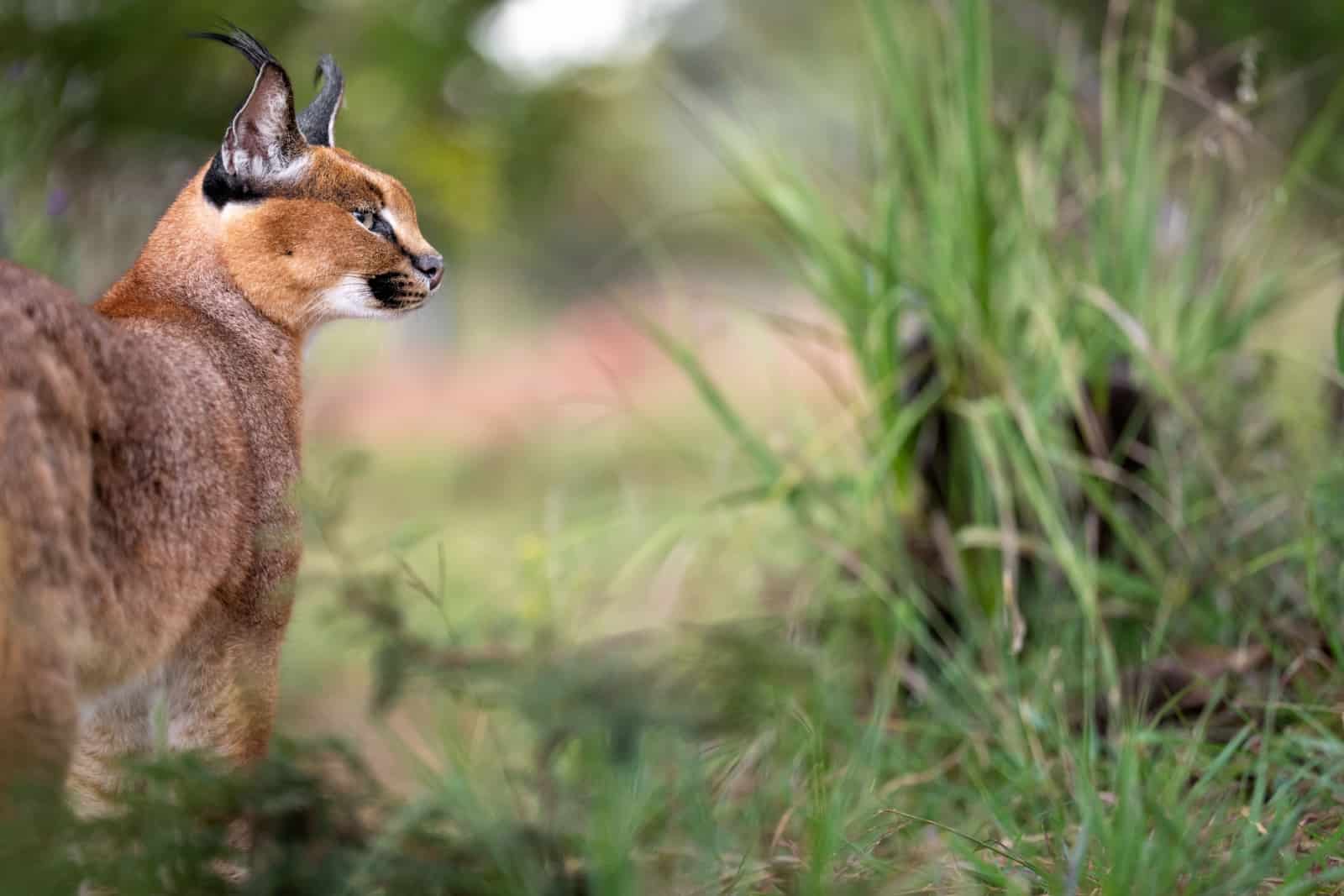
Several millennia ago, people admired caracals for their speed and hunting abilities. For their keepers, these cats hunted foxes, birds, and antelopes. Caracals now are not as fortunate as their forefathers.
Farmers in Namibia and other southern African countries dislike caracals because they are capable of killing agricultural livestock.
Although there have been no incidents reported where caracals attacked people, exotic cats are not meant to be kept in captivity. They’re used to exploring and traveling several miles to find and hunt food, and their home ranges might be 200 miles or more.
Exotic pet rules vary by state, but even states that allow wild cat imports require licenses and robust cages that might cost several thousand dollars.
Exotic pets are expensive, and the food expenditures, doctor fees, and security measures are too expensive for the majority of cat owners.
One Reported Incident
Police in Royal Oak, Michigan, ordered a person who had four caracals to find the cats a new home after one or more escaped in 2021. One of the cats was spotted roaming around an elementary school by a neighbor.
No one was hurt, and the cats were captured with the owner’s assistance. The police said that the cats had previously escaped, so they decided to pass a municipal ordinance outlawing the breed.
It’s heartbreaking when people have to give up their pets, but huge cats are happier wandering the African savannas than in a metal cage in the suburbs.
Interesting Facts About The Real-Life Hecker Cat
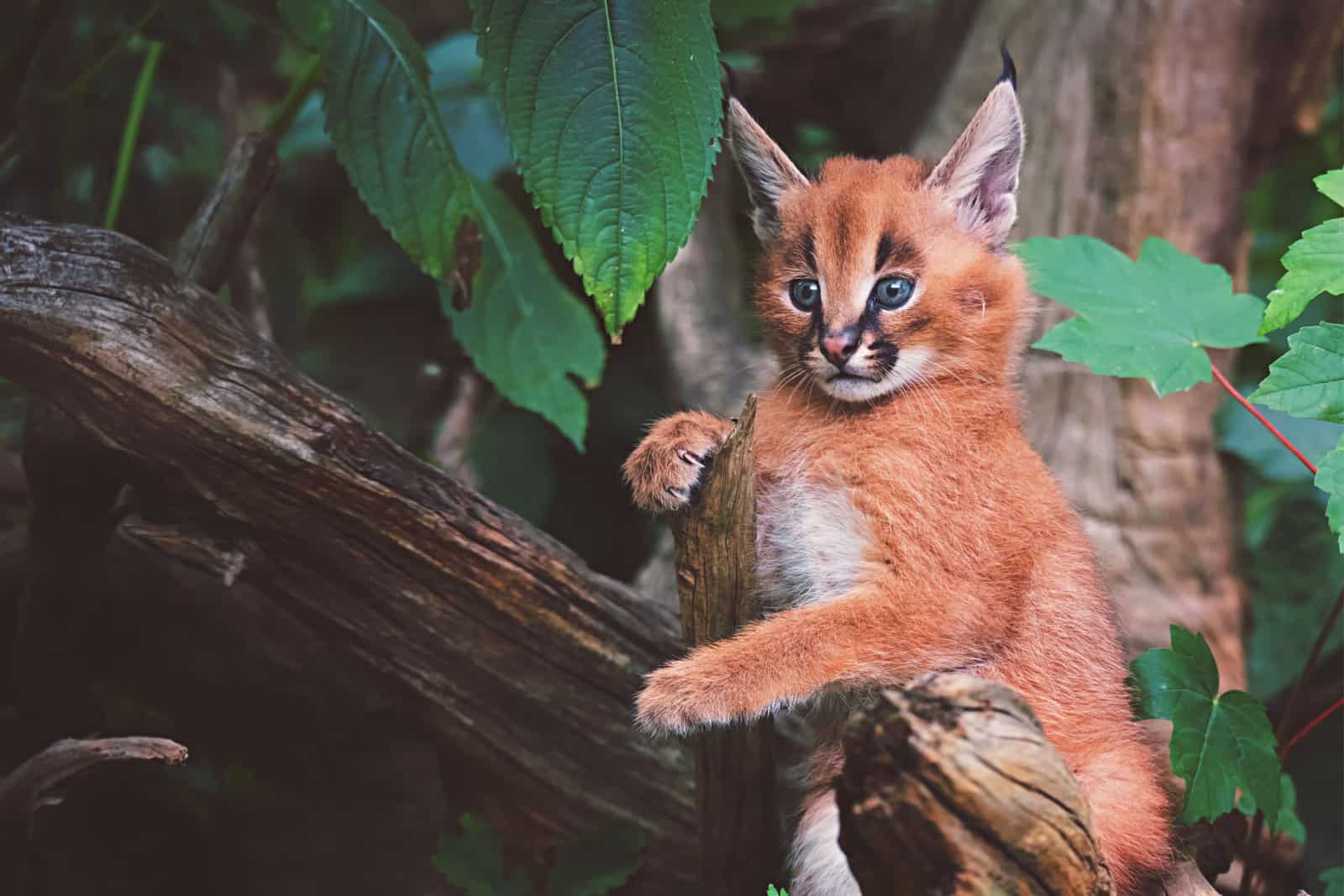
🐾 Caracals are one of the fastest cat breeds; they can reach speeds up to 50 mph.
🐾 They are skilled hunters. A caracal can jump high in the air and catch a flying bird.
🐾 They have super hearing, which is not surprising since they have 20 muscles in each ear.
🐾 A caracal highly resembles a lynx cat because of the pointy ears with hair tufts on top.
🐾 The caracal is a wild cat and not a domestic cat breed. They don’t like to live in cages and can become aggressive and violent if deprived of freedom.
🐾 Caracals were valued in ancient Egypt. They wore jewelry and were frequently presented as gifts to distinguished visitors.
🐾 Caracal kittens can consume meat when they’re about a month old.
🐾 These felines are loners. They spend most of their time on their own and will only look for a mate during mating season.
Final Words
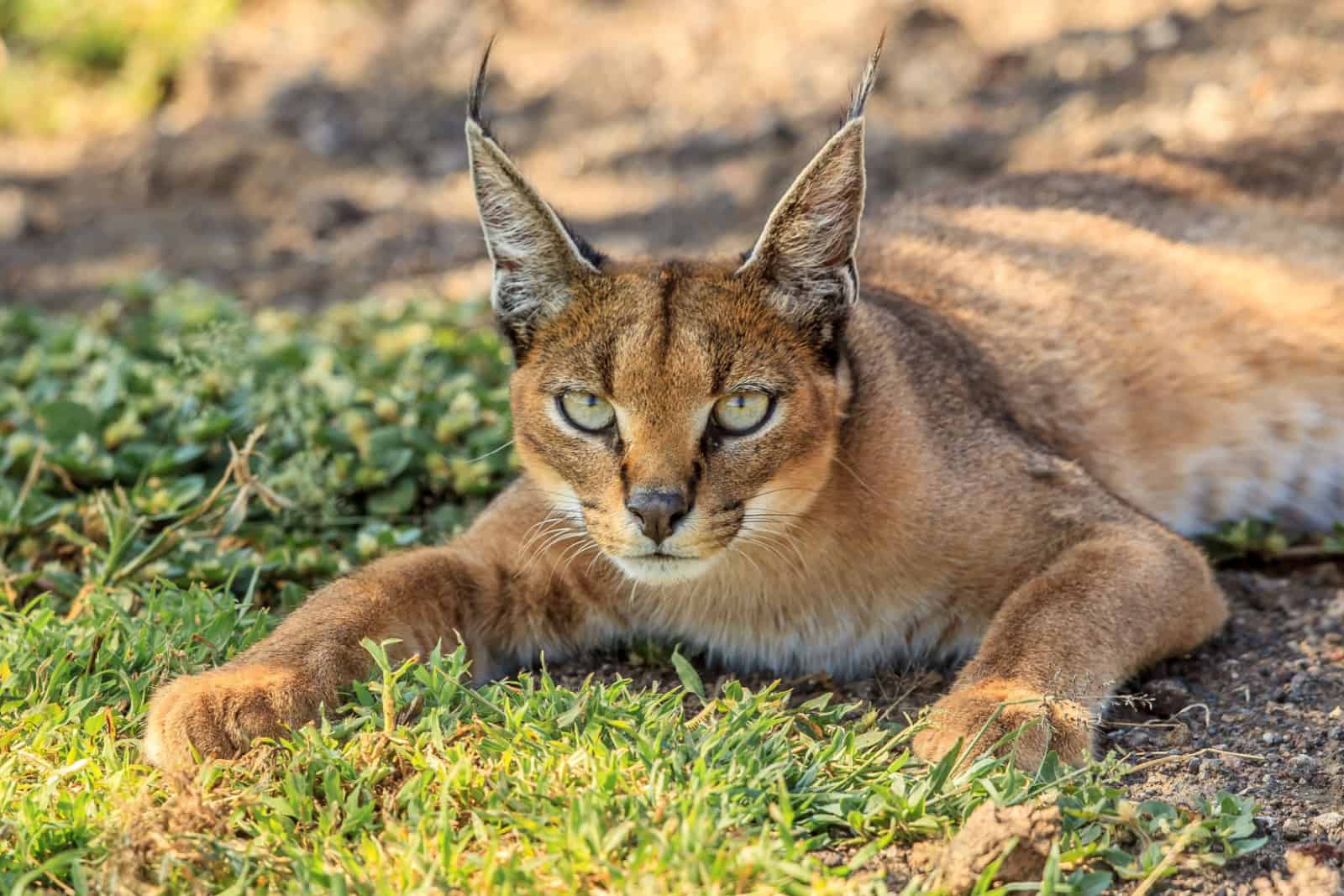
Although the caracal is not as widely recognized as other exotic wild cat breeds, more people are becoming aware of the amazing species through memes, videos, social media platforms, and discord chat rooms.
Hecker, the Beluga character, is a caracal cat. His profile photo resembles an exotic animal, which we now know is a caracal! Caracals are eye-catching wild African cats.
Hecker’s developer was clever in choosing a rare and unique species to embody his character and, with it, raise awareness for an endangered cat species. These cats are occasionally kept as pets, which we do not encourage.
If you want to have a caracal cat as a pet, you first need to check the laws in your country. They are prohibited or restricted in some states.
You now have a better understanding of Hecker’s breed. I hope this helps you appreciate the funny cat character even more!
Related Articles:
• Romeo The Cat – The Kitty That Is “Too Ugly To Love”
• The Mysterious Chimera Cat – What Is It?
• Cat With Laser Eyes: Why Your Cat’s Eyes Glow In The Dark?

